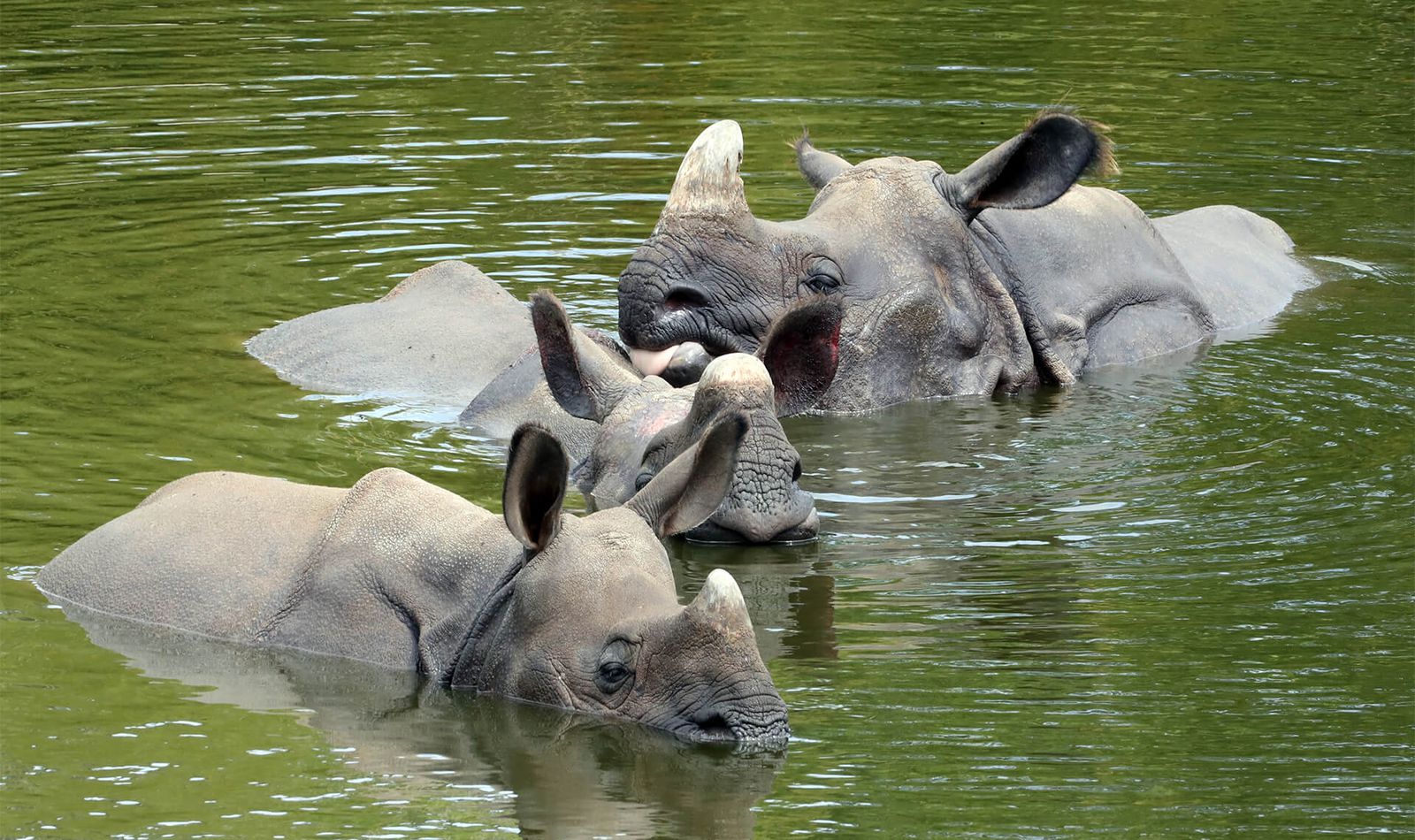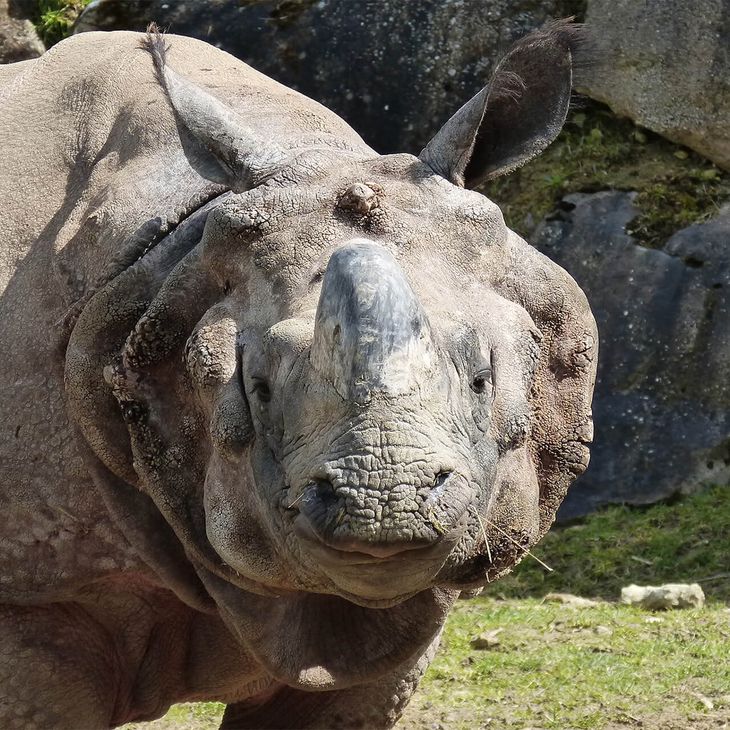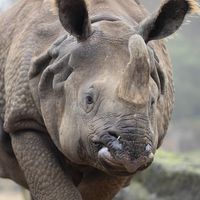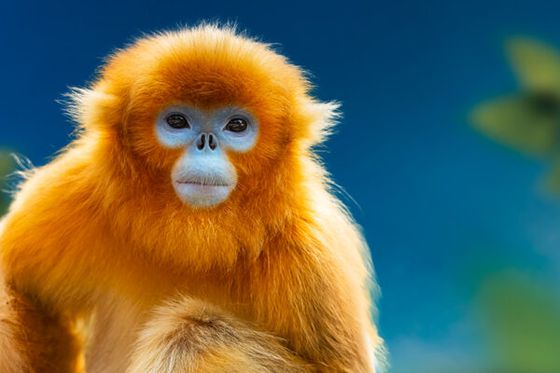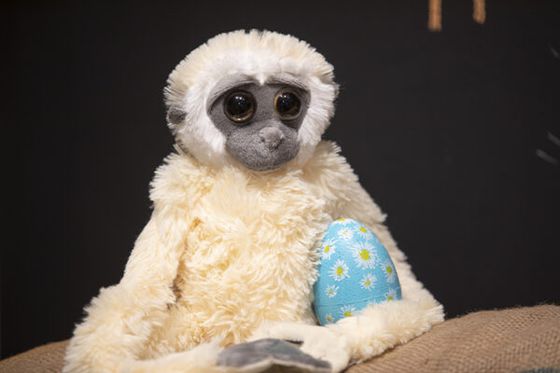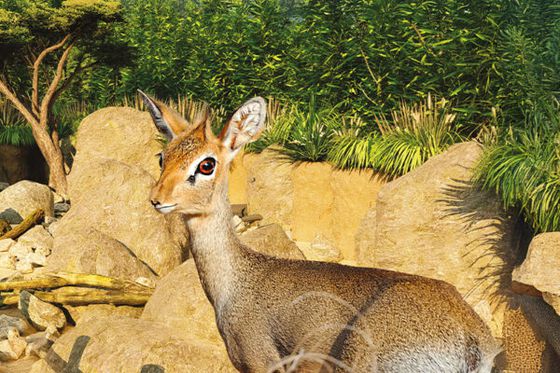« Think of this rhino as being like a unicorn in armour! »
A rhinoceros like no other
The largest of the small rhinos
Do you know about the Indian rhinoceros and how to recognize it? It differs from other rhino subspecies in various ways.
Like other subspecies its firm, tough skin looks like a form of natural armour, yet it is much darker in colour than that of other rhinoceroses. The Indian rhino is also the largest of the three rhino species living in Asia. Despite weighing 2.2 tonnes and measuring 3.5 metres in length, it is nevertheless smaller than its African cousin, the white rhino, which is also housed at Beauval.
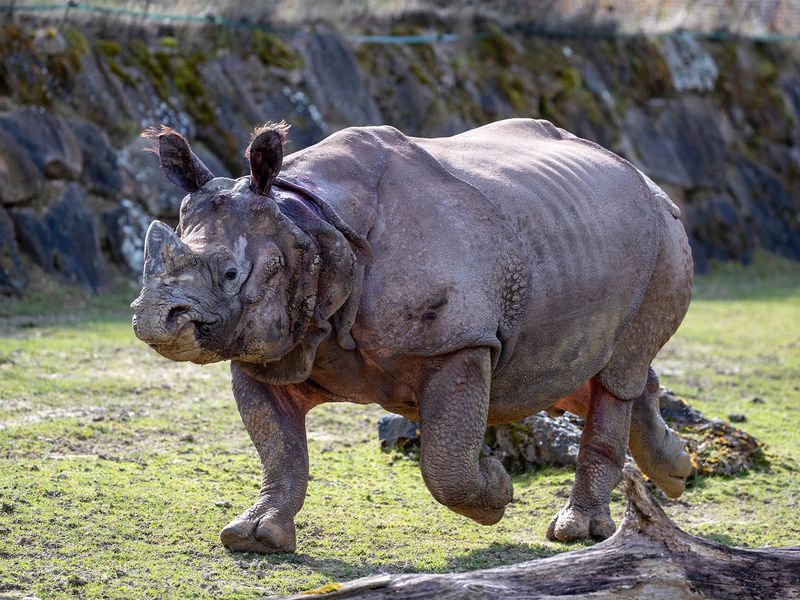
Did you know?
All systems are go with the rhinos!
Indian rhinos are having fun!
Coming straight from The Asiatic Plains, enjoy Henna, Sananda, Saathi, and Anjali having some fun together!
The Beauval Nature association
For the past 10 years, the Beauval Nature association has joined forces with field workers to support them in their primary mission of species conservation. Beauval works closely with numerous conservation and research programmes around the world to study and protect endangered species. This everyday action takes place in order to protect our biodiversity.
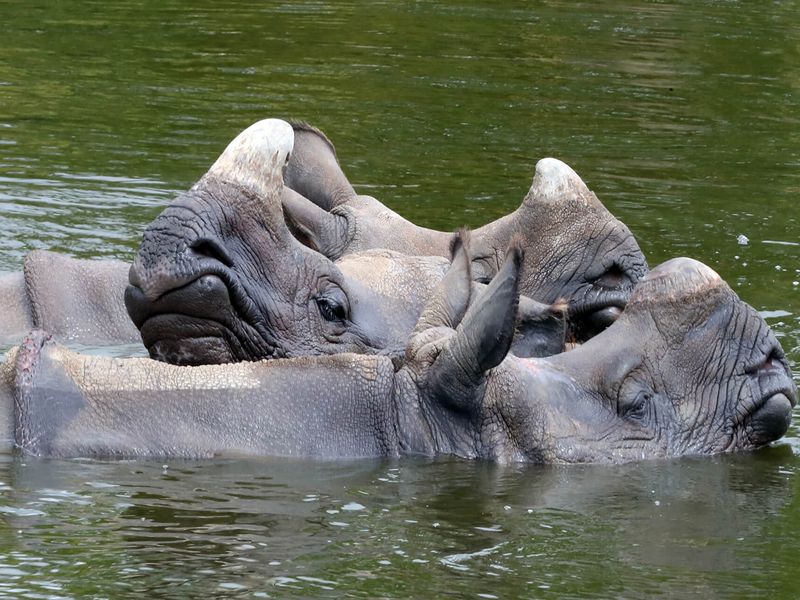
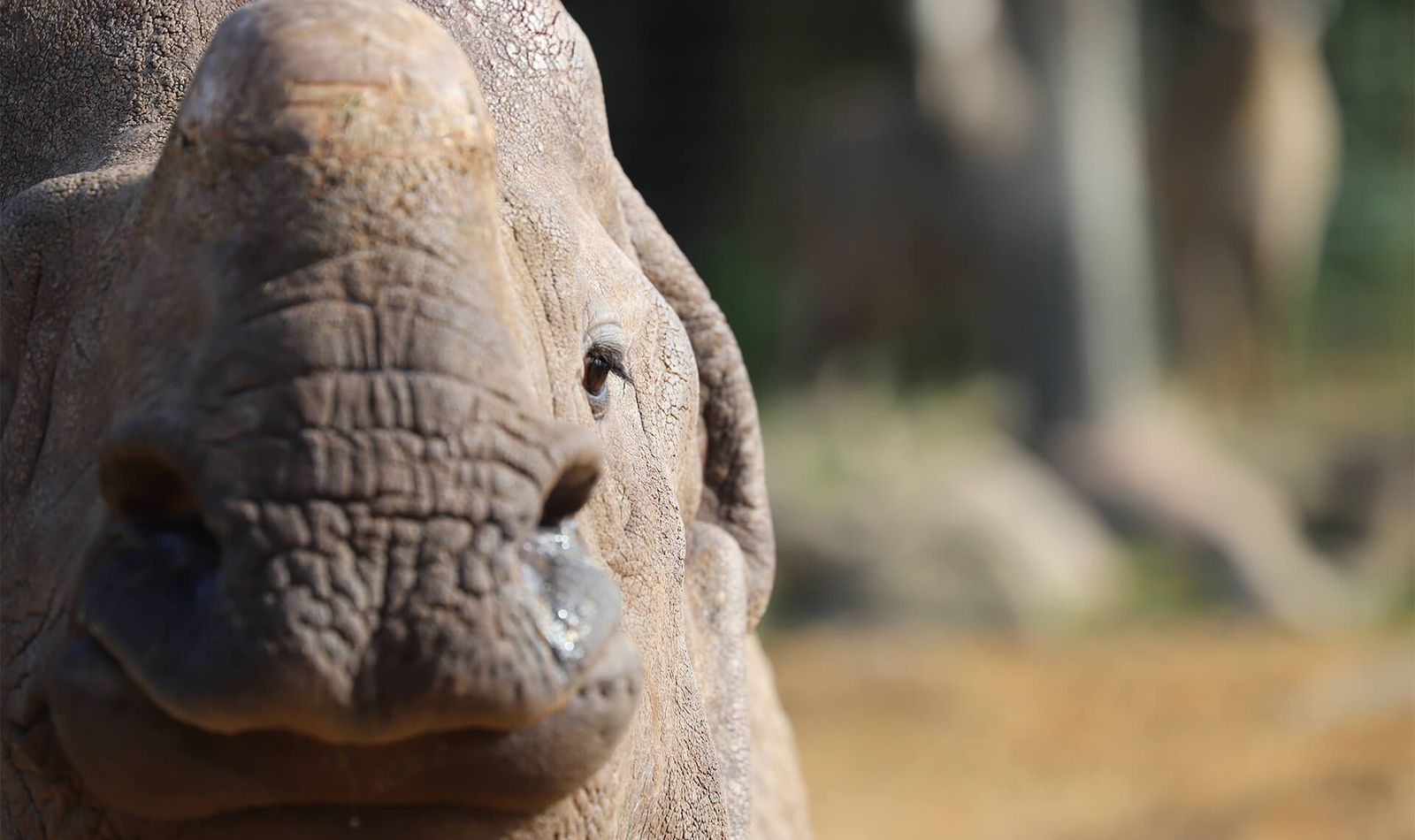

Sponsor our Indian rhinos
Establish a strong bond with your favourite animal whilst supporting conservation programmes through the Beauval Nature association!
Vulnerable
Learn more about the species
-
HerbivoreDiet
-
16 monthsGestation period
-
1 youngLitter size
-
Pastures, Wetlands, Tropical forestsHabitat
Tough but sensitive skin
A gigantic unicorn
Indian rhino reproduction and gestation

Take full advantage of the experience thanks to our mobile application!
Find out more
